Table of Contents
How to Remove Microplastic from Body: Effective Strategies You Can Try
This page may contain affiliate links. We may earn a commission on purchases, at no additional cost to you. Learn more →
Are you lying awake at night worrying about the tiny plastic particles silently accumulating in your body? With recent headlines about microplastics found in human blood, organs, and even testicles, it's natural to feel concerned about these unwelcome hitchhikers.
Today, microplastics have become a silent invader, found in food, water, and even the air you breathe. They can accumulate in your organs and may carry harmful chemicals that disrupt hormones and trigger inflammation.
But here's the good news – while we can't completely eliminate microplastics from our bodies, there are practical, science-backed ways to reduce your exposure and help your body eliminate what it can.
I've spent countless hours researching this topic because, I wanted to know what I could actually do about this invisible threat. As someone dedicated to conscious, non-toxic living, I'm excited to share these strategies that can make a real difference in your microplastic burden.
In this guide, I’ll walk you through science-backed detox strategies, from diet tweaks to lifestyle tips, all backed by reputable research. Stay informed, encouraged, and confident that you can take steps—big and small—to protect your health and the planet we share.
Key Takeaways
-
Microplastics Are Everywhere: Scientists are finding these tiny plastic particles in blood, breast milk, semen, and even artery plaques, often carrying chemicals like BPA and phthalates.
-
Serious Health Concerns: Evidence now links microplastics to cardiovascular issues (they’ve been found in 80% of analyzed blood clots), lowered sperm counts in men, and contamination of breast milk—raising alarms about fertility and infant health.
-
You Can Reduce Exposure: Switching to filtered water, avoiding plastic packaging, and using non-plastic containers for hot foods and drinks can slash your daily microplastic intake.
-
Supporting Your Body’s Detox: High-fiber foods, sweating (through exercise or sauna), and antioxidants can help flush some microplastics out, although complete elimination isn’t yet possible.
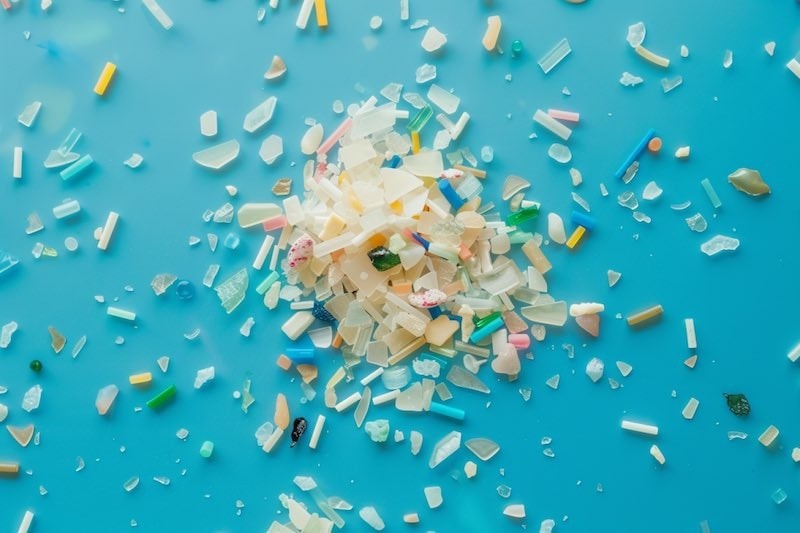
What Are Microplastics and Why Do They Matter?
Microplastics – tiny plastic particles less than 5 mm – have infiltrated our water, food, air, and even our bodies. They come from the breakdown of larger plastics (think water bottles, bags, packaging) or are manufactured as microbeads for cosmetics.
From the bloodstream and lungs to organs like the heart and testicles, scientists are finding microplastics everywhere. These findings confirm that we are living in what Stanford researchers call "the age of plastic humans" – constantly ingesting and inhaling tiny plastic bits that can end up anywhere in our bodies.
Health Impacts of Microplastics
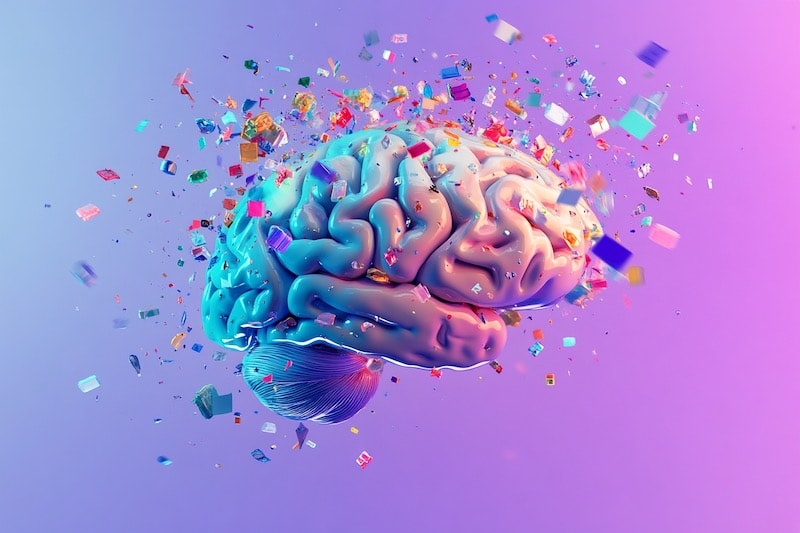
Why does this matter to you? Scientists at UCSF have pointed out that microplastics act like Trojan horses for toxic chemicals (e.g., BPA, phthalates, polyfluoroalkyl substances PFAS (forever chemicals) that are known endocrine disruptors), which can disrupt hormones and spark chronic inflammation. Studies have also shown that microplastic exposure can disrupt the gut microbiome, potentially contributing to inflammatory bowel diseases and other digestive disorders.
-
Microplastic exposure has been linked to inflammation, oxidative stress, altered metabolism, and even cellular damage in laboratory studies. Recent studies indicate microplastics—especially in nano form—may cross the blood-brain barrier, leading to neuroinflammation, with potential impacts on cognition and behavior. Although we don’t have conclusive human data yet, this emerging field is raising concerns among neuroscientists.
-
A landmark 2024 study published in the New England Journal of Medicine established a direct link between microplastics and cardiovascular disease: The discovery of microplastics in 80% of analyzed blood clots suggests these tiny particles may directly contribute to inflammation and hypercoagulability, raising serious concerns for cardiovascular health. Patients whose arterial plaque contained microplastics were approximately 4.5 times more likely to suffer heart attacks, strokes, or death within three years compared to those with no plastic in their arteries.
-
Recent studies have confirmed that microplastic particles are present in human breast milk, raising concerns about exposure to infants and lactating mothers. A 2024 study detected microplastics in ~39% of breast milk samples, with polypropylene (PP), polyethylene (PE), and polyvinyl chloride (PVC) being the most common polymers.
-
Studies indicate plastic-related chemicals (e.g., BPA, phthalates) can diminish sperm quality by altering hormones crucial for sperm production. A 2024 study found microplastics in 100% of human semen samples, correlating with decreased total sperm counts and motility. These findings suggest microplastic pollution poses a real risk to male fertility
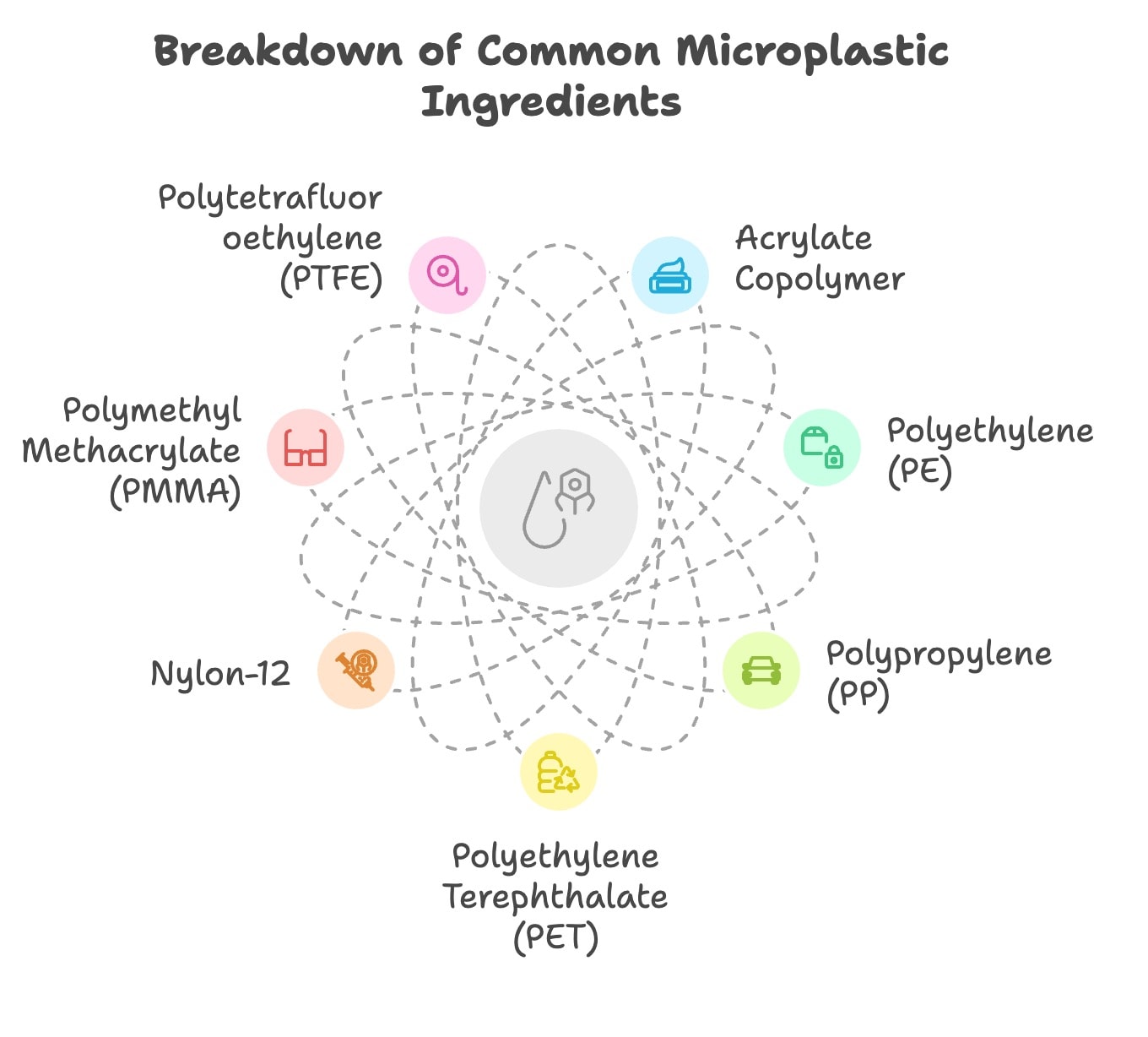
Given these findings, it's natural to want to reduce our microplastic burden. But before diving into solutions, we need to understand how these particles get into our bodies and what our bodies naturally do to eliminate them.
How Microplastics Enter and Build Up in the Human Body
You might feel microplastics are inevitable—but a clearer picture of how they reach your system can help you minimize exposure. Understanding the entry points is the first step to controlling microplastics.
-
Contaminated Food & Water
-
Bottled Water is a major contributor. Studies from Richmond Functional Medicine found bottled water can contain up to 100× more microplastic particles than tap water. Switching from bottled to (filtered) tap could cut ingestion from 90,000 down to 4,000 particles a year.
-
Food Packaging: We consume tens of thousands of microplastic particles yearly through diet. Canned foods, processed and packaged foods also carry microplastics shed from their plastic packaging (especially when heated or stored long-term) or during manufacturing. For example, industrially processed foods like chicken nuggets were found to have 30× more microplastics than fresh meat. And startlingly, a single plastic teabag can release billions of microscopic particles into one cup of tea.
-
-
Air and Dust:
-
Indoor Dust: Synthetic fibers from clothing, upholstery, and carpets shed microscopically small fibers that float in household dust. Research reported in Times of India showed adults can inhale over 62,000 microplastic of microfibers a year, just from indoor dust. These can lodge deep in the lungs. Outdoor air also contains fibers and fragments from car tire wear, burning trash, and other pollution. Microplastics have been detected even in remote alpine air, carried by wind.
-
-
Everyday Plastics & Products
Using plastic items as intended can dose us with microplastics. Cutting on plastic chopping boards, for instance, generates tiny plastic shavings that can mix into food. Drinking hot liquids from plastic cups or bottles is another risk – heat greatly accelerates leaching. Microwaving food in plastic can release an explosion of particles: up to 2.1 billion microplastic fragments per square centimeter in just 3 minutes.
Tea Bags & Coffee Cups: A single plastic-based tea bag can release billions of tiny particles into your mug, as found by a 2023 News-Medical report. Similarly, disposable coffee cups often have a plastic lining that breaks down in heat.
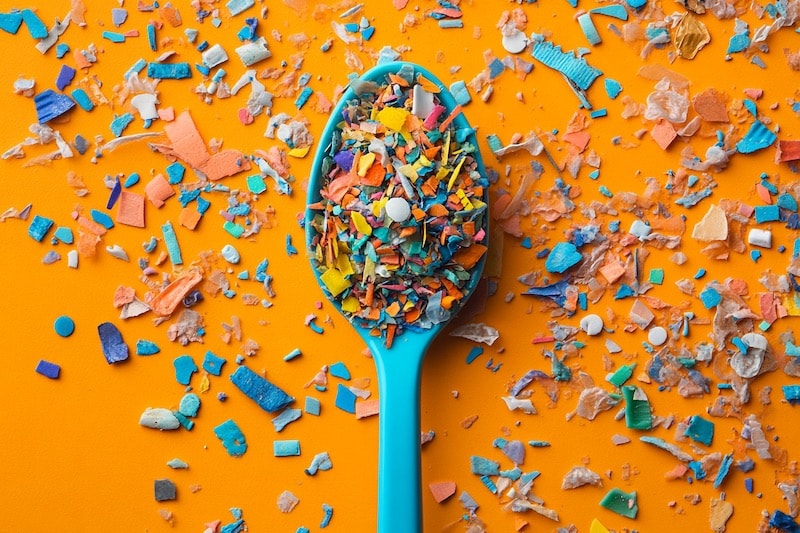
Can Your Body Get Rid of Microplastics?
The human body has evolved detoxification systems to handle natural toxins, but microplastics present a novel challenge.
Once inside, many microplastics pass through your gut into stool. But smaller fragments—called nanoplastics—can cross into your bloodstream, lodging in organs like the liver and brain. A revealing 2025 NEJM article noted how microplastics were identified in artery plaques, correlating with heightened cardiovascular risk.
Research indicates the body does try to expel these foreign particles via a few key pathways:
Feces (Gut Clearance)
This is the primary exit route. Many microplastics ingested with food or water are not absorbed and simply travel through the digestive tract. Studies using special extraction techniques found microplastics in human stool, confirming that what goes in can (partly) come out. Larger particles (>150 µm) are especially likely to be excreted rather than absorbed. That said, not all is eliminated – some small particles embed in the gut wall or sneak into the bloodstream.
Urine
It's unlikely that intact microplastic particles themselves pass into urine (since kidneys filter mostly dissolved substances), but the chemical additives from plastics (like BPA) do show up in urine. Urinary BPA is so prevalent that the CDC's national biomonitoring finds >90% of Americans have detectable BPA metabolites. This indicates our bodies are processing and trying to excrete these plastic-derived chemicals via the kidneys.
Sweat
Intriguing evidence suggests sweat can expel certain plastic-related compounds. A small study found BPA in the sweat of 16 out of 20 participants, even in some who had no BPA in blood or urine. In essence, sweat sometimes contained plastic chemicals that the body wasn't eliminating elsewhere. This "Blood, Urine, Sweat" study concluded that sweating could be a valuable route for removing BPA and similar toxins.
Immune Response (Limited)
Our immune cells (like macrophages) can engulf microplastics they encounter in tissues. However, unlike bacteria or organic debris that immune cells can enzymatically break down, plastics are not easily degraded. Macrophages that ingest a plastic particle may just hold onto it, potentially becoming foam cells or contributing to inflammation.

In summary, the body does have mechanisms to clear microplastics "over time through sweat, urine, and feces." Your digestive system, renal system, and sweat glands all pitch in to eliminate what they can. This is encouraging – it means complete hopelessness is unwarranted; we're not entirely accumulating plastic without any removal.
However, the bad news is that these natural processes are limited. Many microplastics (especially nano-sized) evade them and persist in the body. And if a particle lodges in an organ like the lungs or liver, the body doesn't have a special mechanism to dissolve or excrete it.
So, while we can assist the body's natural detox pathways (as we'll discuss), we must also be realistic: preventing new exposure is easier than removing what's already embedded.
How do you cleanse your body of microplastics?
Before you dive into specific nutritional strategies, it’s helpful to understand the overall approach: minimizing further plastic exposure and giving your body the right tools—like fiber, antioxidants, and targeted supplements—to boost its natural detox pathways.
Nutritional Strategies for Microplastic Detox
The thought of plastic lurking in your body can feel deeply unsettling. But you can take simple dietary steps to help your body flush out more of these particles and chemicals.
1. Switch to Filtered Water
According to Orb Media’s investigation cited by Richmond Functional Medicine, about 93% of major bottled water brands tested positive for microplastic contamination.
Solution:
-
Get a high-quality filter (like reverse osmosis or activated carbon filters certified to remove microplastic particles).
-
Use a reusable stainless steel or glass bottle.
-
Avoid leaving plastic bottles in hot places (like your car) as heat accelerates microplastic shedding.
2. Fill Up on Fiber
High-fiber foods can “bind” some microplastics in your gut, carrying them out with waste. Soluble fibers—like those in psyllium, chia seeds, flaxseeds, oats, apples, and legumes—are particularly beneficial. Fiber can increase fecal excretion of ingested plastic fragments.
Try a Morning “Detox Smoothie:”
1 cup of spinach or kale (antioxidants)
1 tablespoon of flaxseeds or chia seeds (soluble fiber)
1 cup berries (antioxidants)
a dash of turmeric
3. Amp Up Antioxidants & Sulfur-Rich Foods
Your liver’s detox enzymes run on nutrients like glutathione. Foods rich in sulfur—such as garlic, onions, eggs, and broccoli—support glutathione production. According to Dr. Mark Hyman in a recent podcas, getting enough sulfur can enhance your body’s ability to neutralize harmful substances, including plastic-related chemicals. Antioxidants from berries, citrus fruits, and cruciferous veggies also help quell oxidative stress triggered by microplastic exposure.
4. Consider Supplements Cautiously
-
Activated Charcoal and Bentonite Clay: Some experts suggest short-term use may bind plastic particles in the gut, though it can also block nutrient absorption if overused (limit use to 2–3 hours apart from meals).
-
NAC or Milk Thistle: N-acetylcysteine (NAC) boosts glutathione, potentially aiding detox of plastic-related chemicals.
-
Chlorella vulgaris, a microalgae, binds microplastics through exopolysaccharides (EPS), with PET removal rates up to 1034 mg/mL in lab settings
-
Nutrients like zinc carnosine and glutamine (per Dr. DeBease) repair tight junctions, reducing microplastic absorption. Collagen and bone broth further reinforce intestinal lining
-
Liposomal glutathione (for liver support) enhances Phase II detox pathways, crucial for metabolizing plasticizers like BPA
-
Probiotics: Early studies hint that certain beneficial bacteria might bind or degrade microplastics in your gut. While more research is needed, keeping your gut flora healthy is always a plus.
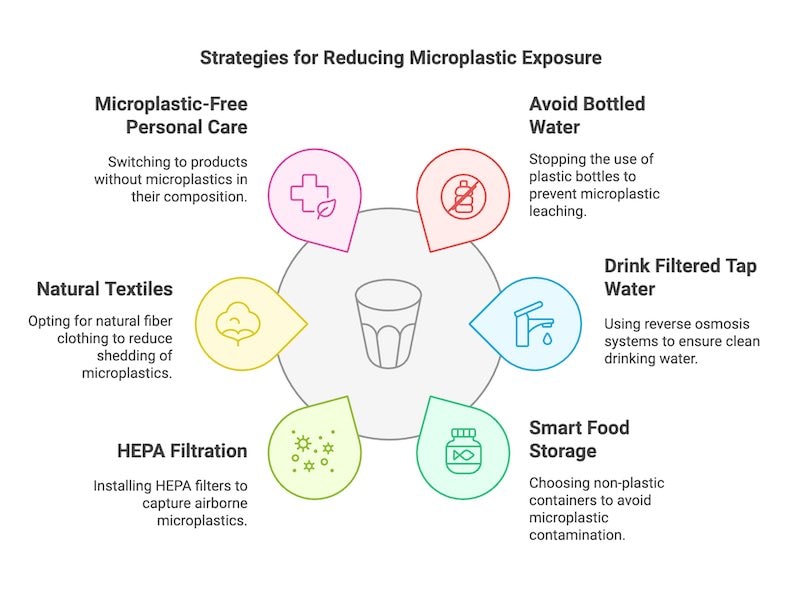
(Always talk to a healthcare provider before starting new supplements.)
Lifestyle Tips to Remove Microplastics from Your Body
1. Sweat It Out
My personal favorite microplastic “hack” is simply sweating. Whether through exercise or a cozy sauna session, perspiration helps eliminate certain chemicals linked to plastics. A small 2024 study published in News-Medical found BPA in the sweat of participants who had no detectable levels in their blood. That means sweat is sometimes capable of excreting toxins your body might not shed otherwise.
-
Exercise: Aim for 30 minutes a day—jogging, hot yoga, dance—anything that makes you break a sweat.
-
Sauna or Steam: Dr. Rhonda Patrick passionately advocates regular sauna use to enhance toxin excretion in her podcast. If you have medical conditions like high blood pressure, double-check with your doctor first.
2. Ventilate and Purify Your Air
Synthetic fabrics and carpets release microscopic fibers that you can inhale.
Solution:
-
Use a HEPA air purifier in rooms where you spend the most time (bedroom, office).
-
Vacuum regularly with a HEPA-filter vacuum.
-
Consider wearing clothes made from natural fibers (cotton, bamboo, wool) to reduce microfiber shedding.
3. Avoid Heating Plastic
This step is huge: microplastics shed most when plastic is exposed to heat.
-
Microwave Safety: Switch to glass or ceramic for microwave cooking (or even better avoid microwave cooking)
-
Cooking Utensils: Switch from plastic spatulas to wooden utensils
-
To-Go Drinks: Disposable cups with plastic linings degrade in hot drinks. Invest in a trusty stainless steel travel mug for your coffee or tea.
4. Use Household Filters & Smart Storage
-
Washing Machine Filters: Products like the Cora Ball can catch microfibers before they head down the drain. These filters could reduce fiber shedding by about 26% in some household tests.
-
Food Storage: Switch out plastic Tupperware for glass containers to reduce plastic ingestion. If you do keep plastic containers, avoid storing acidic or oily foods in them—those conditions accelerate plastic breakdown.
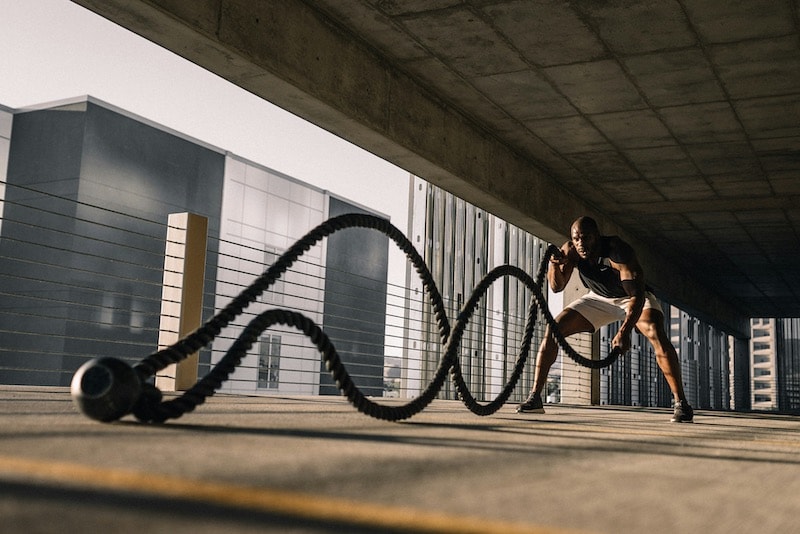
Image by Karsten Winegeart on Unsplash
Taking Gentle, Realistic Steps
By now, you’ve seen just how pervasive microplastics can be and the ways they may harm your health. But you’ve also discovered there’s a lot you can do—starting today—to reduce both exposure and impact. By switching to filtered drinking water, embracing a fiber-packed diet, making friends with your sweat, and keeping plastic use to a minimum, you can meaningfully lighten your microplastic load.
From my own experience, these changes don’t have to feel overwhelming. Start small: maybe replace your plastic water bottle with a reusable stainless steel one, or buy a little HEPA air purifier for your bedroom. Over time, you’ll gain momentum and confidence. Plus, every personal change you make sends a powerful message to brands and policymakers that safer, more sustainable options must be the future.
While microplastics won’t disappear overnight, the steps we each take can help protect our bodies and spark broader change. You’re not alone in this journey, and I hope this guide has given you the clarity and encouragement you need to move forward with a lighter, healthier heart.
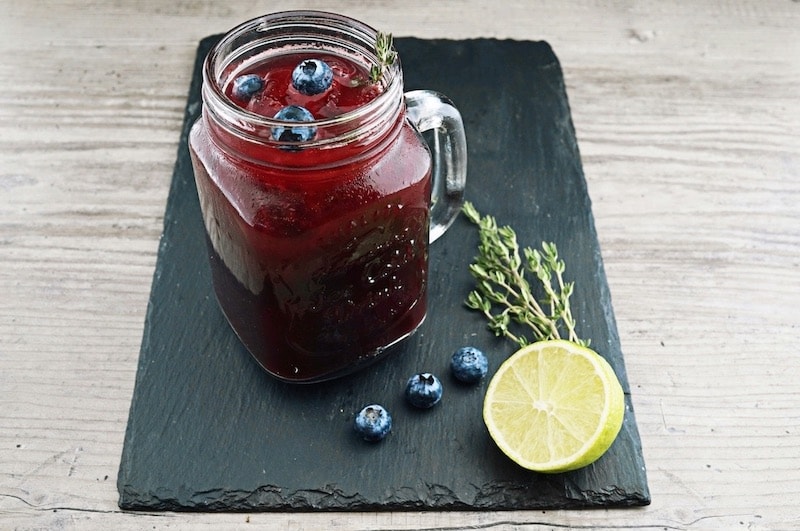
Image by Wesual Click on Unsplash
FAQ to Microplastic Detox
Can you fully remove microplastics from your body?
Not entirely. Your body can expel some microplastics through feces, urine, and sweat, but tiny particles often lodge in organs. A study featured in the New England Journal of Medicine found microplastics in arterial plaques. The best approach is to reduce new exposure and support natural detox pathways (like fiber intake and sweating) to remove what you can.
Which foods help detox microplastics?
High-fiber foods—such as chia seeds, flaxseeds, oats, and vegetables—are the main heroes. According to Legacy, they bind and carry microplastics out of the gut. Additionally, antioxidants (from berries, citrus, etc.) help reduce oxidative stress associated with plastic particles.
Does sweating get rid of microplastics?
Sweating helps remove some plastic-related chemicals like BPA. A study found BPA in sweat of individuals who had no BPA in blood or urine, suggesting sweat may excrete toxins not otherwise eliminated.
Are microplastics actually harmful?
Evidence suggests they’re potentially harmful. Researchers at UCSF found microplastics can leach chemicals that disrupt hormones and cause inflammation, possibly impacting heart health, fertility, and brain function. While more long-term human data is needed, most experts advise caution.













